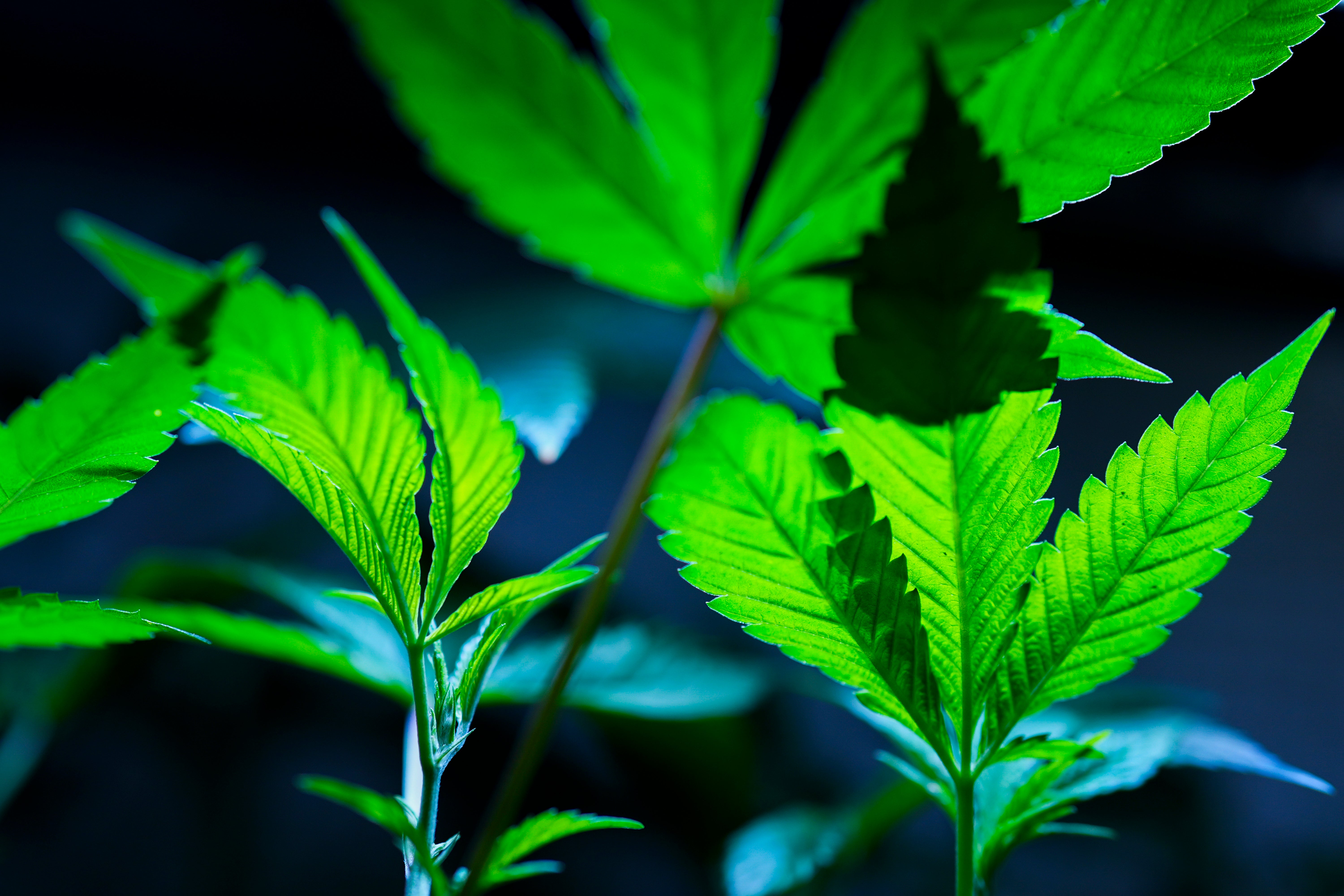
Daily and near-daily marijuana use is now more common than similar levels of drinking in the US, according to an analysis of national survey data.
Alcohol is still more widely used, but 2022 was the first time this intensive level of marijuana use overtook high-frequency drinking, said the study’s author, Jonathan Caulkins, a cannabis policy researcher at Carnegie Mellon University.
“A good 40% of current cannabis users are using it daily or near daily, a pattern that is more associated with tobacco use than typical alcohol use,” Caulkins said.
In 2022, an estimated 17.7 million people used marijuana daily or near-daily compared to 14.7 million daily or near-daily drinkers, according to the study. From 1992 to 2022, the per capita rate of reporting daily or near-daily marijuana use increased 15-fold.
The research, based on data from the National Survey on Drug Use and Health over the last four years, was published Wednesday in the journal Addiction.
The survey is a highly regarded source of estimates of tobacco, alcohol and drug use in the United States.

The trend reflects changes in public policy. Most states now allow medical or recreational marijuana, though it remains illegal at the federal level. In November, Florida voters will decide on a constitutional amendment allowing recreational cannabis, and the federal government is moving to reclassify marijuana as a less dangerous drug.
Earlier this week, at President Joe Biden’s urging, the Department of Justice officially started the process to reclassify marijuana as a less dangerous drug than most prescription painkillers and many addictive stimulants, ending decades of policy that treated it as having no acceptable medical use.
The department published a draft regulation in the Federal Register that would, if made final, place marijuana in the category known as Schedule III under the Controlled Substances Act. Schedule III drugs are those that are known to have “a potential for abuse less than the drugs or other substances” in Schedule I – the category reserved for drugs with “no accepted medical use” and “a high potential for abuse” – and Schedule II, the category that includes highly addictive substances such as fentanyl and oxycodone.

Marijuana has been classified under Schedule I since the advent of the federal government’s modern drug regulation regime in the 1970s, and it has been banned under federal law since the since-overturned Marijuana Tax Act effectively outlawed its’ cultivation in the 1930s.
Research shows that high-frequency users are more likely to become addicted to marijuana, said Dr. David A. Gorelick, a psychiatry professor at the University of Maryland School of Medicine, who was not involved in the study.
The number daily users suggests that more people are at risk for developing problematic cannabis use or addiction, Gorelick said.
“High frequency use also increases the risk of developing cannabis-associated psychosis,” a severe condition where a person loses touch with reality, he said.







